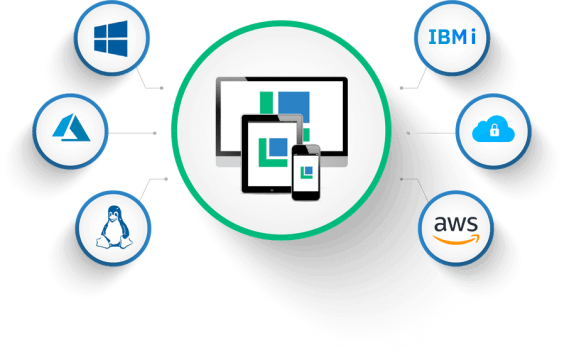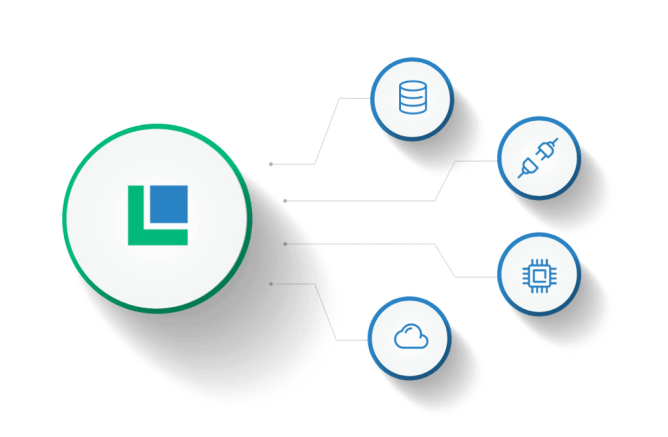
The LANSA Professional Low-Code Difference
All the Tools a Developer Needs In One IDE
LANSA takes enterprise application development efficiency to a level beyond what traditional low-code development platforms offer.
Combines low-code and traditional coding in the same IDE One IDE to develop progressive web and desktop applications.
Develop web and desktop applications using many of the same assets Learn more about the low-code by reading our free guide.
Build Anything, Fast.
Take back control with the Visual LANSA Low‑Code Platform
Visual LANSA’s unmatched Professional low-code development platform enables the rapid building, deployment, and operation of the apps that make your business run. Eliminate silos between IT and development.
Visual LANSA 15+ Is Here

Progressive Web Apps
Create web apps that function and feel like native apps without the hassle of going through the app store.
LANSA’s First Client-Side
Routing Framework
Fewer calls to the server and more functionality when sharing links.
User-defined storage
Speed up app performance and store assets and resources for times when web connectivity is low.
Service Worker
LANSA will take care of creating the service worker so the developer can focus on solutions.
Visual LANSA Features
Single Low-Code Language
Single codebase orchestrates your entire application from the frontend to backend eliminating the need for multi-stack developers that make applications expensive to develop and maintain.
Active Repository Engine
One repository houses all elements essential for your application. Users define business rules in one location and apply them to all your application modules and components to radically increase efficiency and flexibility.
Single Visual Development Environment
Easy to use IDE allows developers to quickly jump from a visual “drag and drop” development to scripting for maximum productivity. The LANSA Studio is loved by both novice and experienced developers.

Business-ready Performance
Fast to Build, Easy to Learn, Always tuned for Performance. Low-level code compilation ensures high performance on multiple hosted platforms, including IBM i, Windows, and various cloud solutions. LANSA performs like a native application leveraging deeper OS integration vs other Low Code solutions.
Cross Platform Deployment
Integrated responsie design enables deployment on multiple devices from desktop to mobile without changes to your code.

Write Once, Run Anywhere
Flexibility with cloud or on-premises deployment options to IBM i, Windows, Linux Native.
Data Services Independence
Powerful abstraction layer isolates developers from database intricacies and standardizes data access across database products (Database Management Management Systems (DBMS) agnostic).

Recent Case Studies

Morton Salt Keeps on Pouring with LANSA

Elder’s web portal – digital transformation success with LANSA





